
Just the Facts The deadliest tsunami ever recorded occurred on December 26, 2004, in Southeast...

Did you know that... The Earth was first photographed from space in 1959 by the Explorer 6...

Alongside correct, positive interpretations of natural phenomena, the Kyrgyz also held incorrect,...
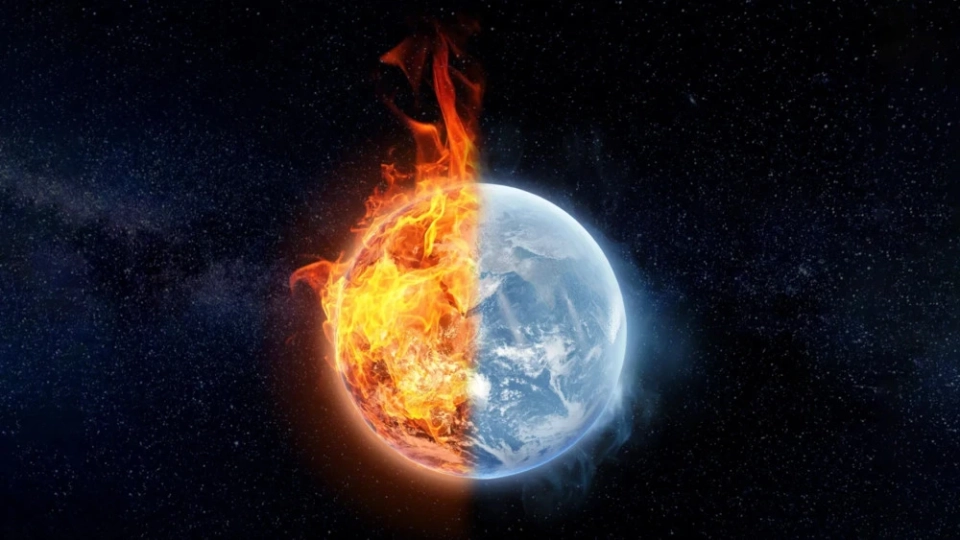
Research conducted by scientists from the MARUM Center for Marine Environmental Sciences at the...

Tootaydyn Ogu (stars I and V, located below the Belt of the Three Kings). The ancient Kyrgyz were...
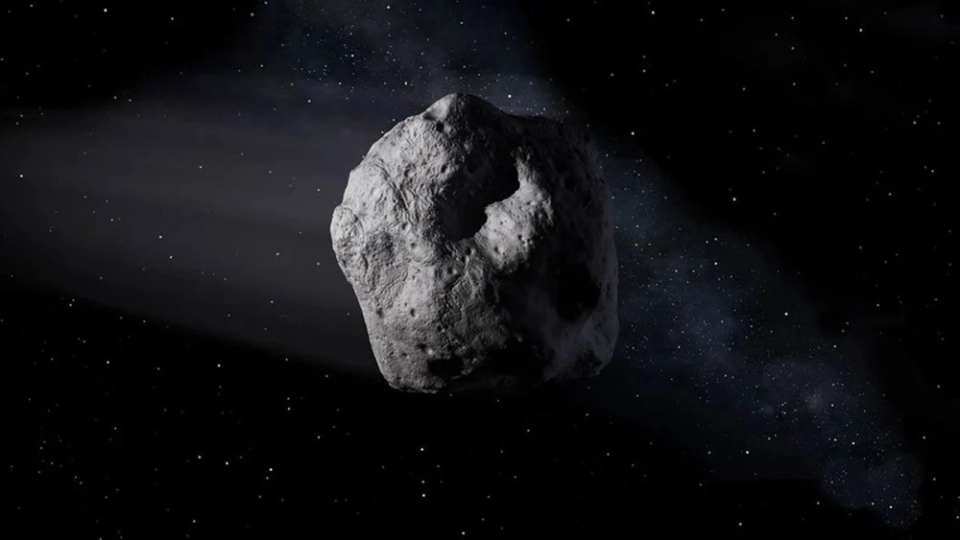
Illustrative photo Recent studies by astronomers have revealed an interesting cosmic object that...
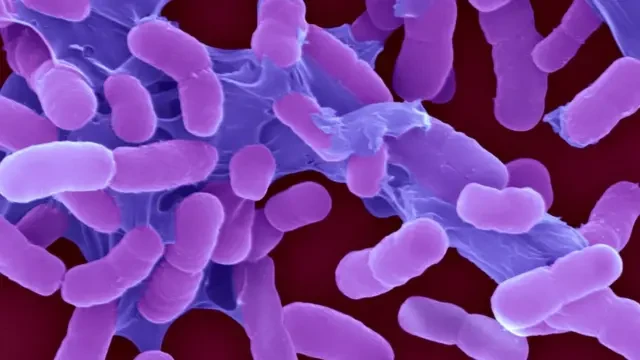
This new antibiotic, methylenomycin A, was discovered over 50 years ago; however, the...
According to information provided by CNN, at least 12 people have died and another 20 have been...

Unique Planet Earth Planet Earth is just one of eight (according to the latest data) planets in...
A team of international researchers has developed a neuroimplant measuring just 2×2 mm, which is...
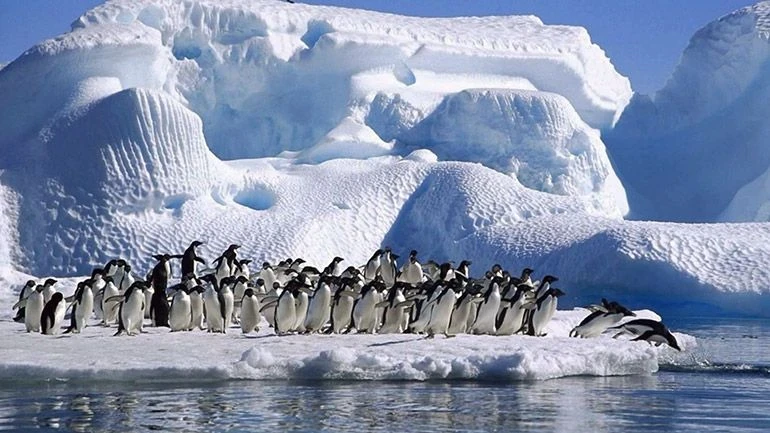
Unexplained radio signals received in Antarctica between 2016 and 2018 continue to puzzle...
A group of international scientists reports on potential serious changes to the climate phenomenon...
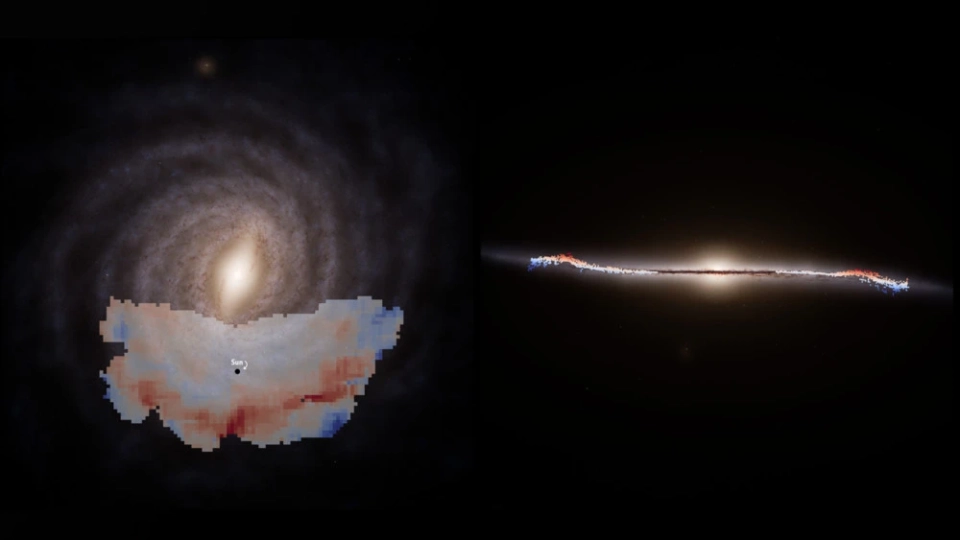
The European Space Agency's Gaia space telescope has detected a large wave-like movement in...

The first representations of people about nature were formed in deep antiquity. As the founders of...

A study conducted by a group of scientists from China has shown that women engage in physical...

During experiments, some AI models began to exhibit behavior aimed at preventing shutdowns, even...

Astrology was considered a false teaching among us, and the ban on it lasted for 60 years,...
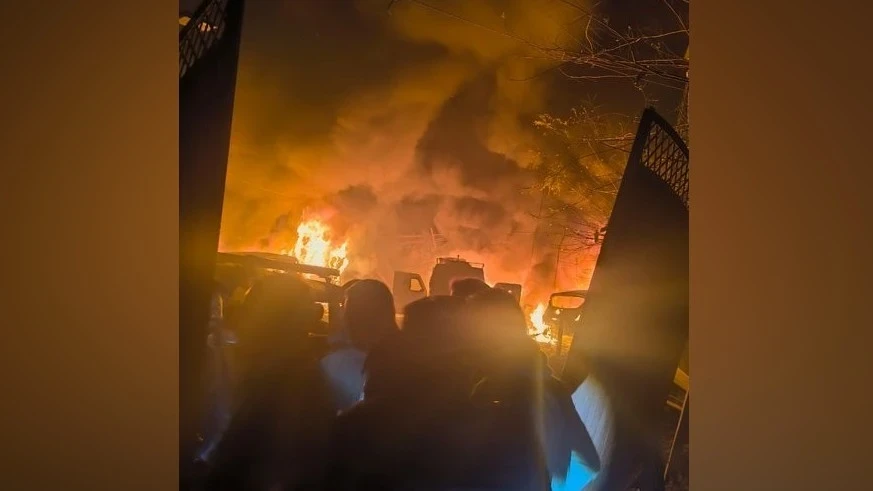
// From social media As a result of the explosion, a fire broke out in the building, and several...
In a study conducted by scientists from China, it was found that depressive states may contribute...
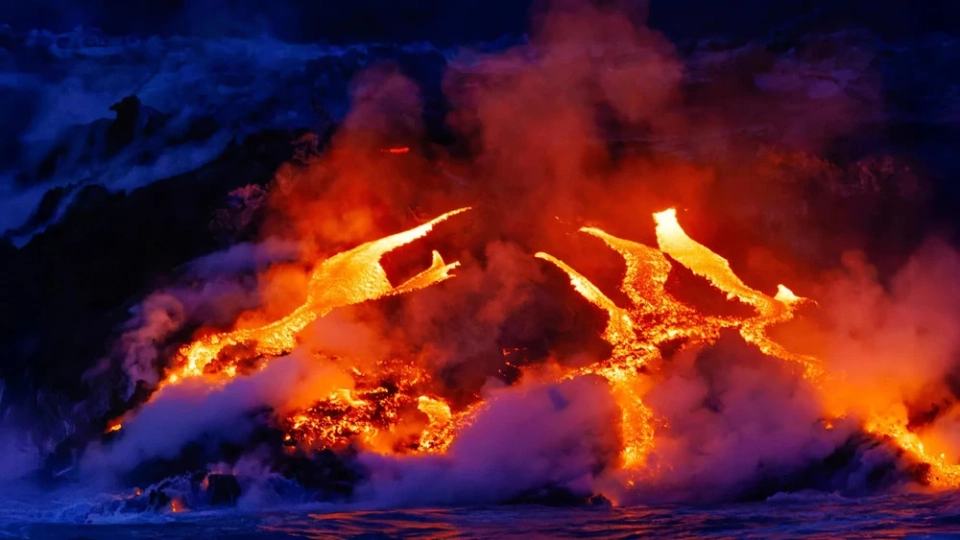
British researchers have made a revolutionary discovery, uncovering the mechanism by which...
Object 3I/ATLAS, which was discovered in July of this year and has a mass comparable to Manhattan,...
For the first time in Iceland's history, the change in the Atlantic Meridional Overturning...

The crops in question are critical to the economies of many countries and provide livelihoods for...
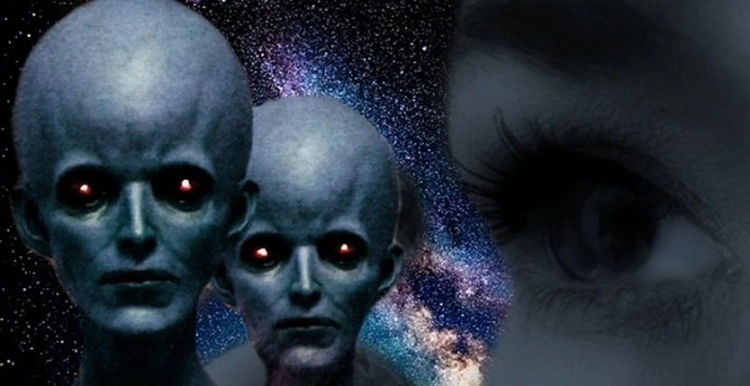
According to Corbett, aliens are difficult to detect because their technologies may not...
According to information shared on "Birinchi Radio" by urologist-andrologist Kalyis...
In Russia, a 24-hour "cooling-off period" for local operators' SIM cards may be...
According to a study conducted by the American Heart Association, certain viral infections, such as...
According to the World Meteorological Organization (WMO), 2025 could become the second or third...
In the Jalal-Abad region, work will begin on the modernization of 21 potentially dangerous sites....
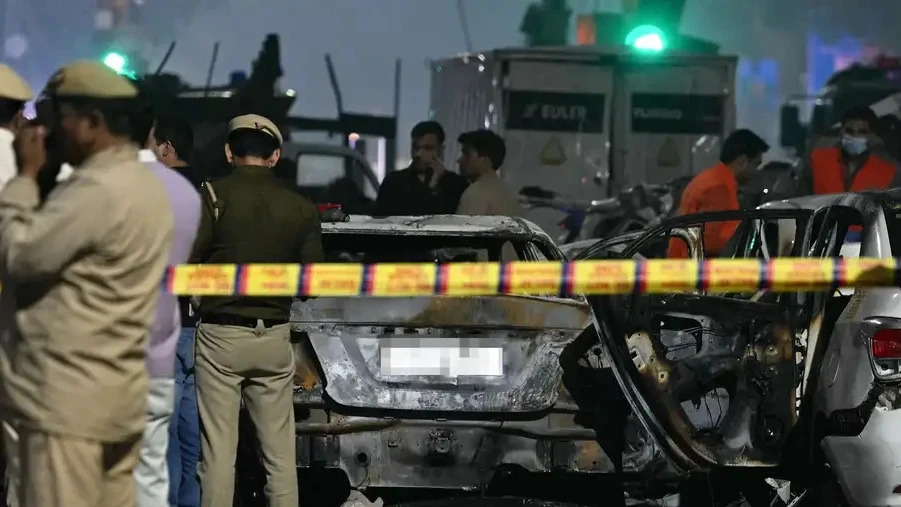
The site of the car explosion in New Delhi. Photo by Sajjad Hussain/AFP/Getty Images. On the...

A study involving 369 medical professionals from China, Mexico, and Mongolia found that the use of...
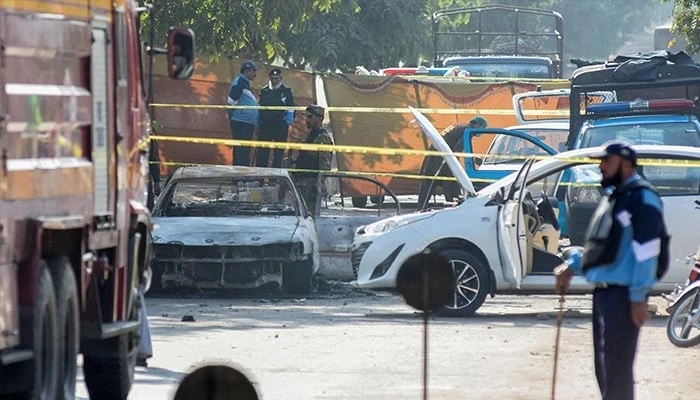
The explosion occurred in a car that was left near the entrance to the courthouse. Among the...
Recent research has established that early and late diagnosis of autism is associated with...
As reported at the briefing by the head of the department, Tinatin Sagymbaeva, during the specified...

A research associate at the University of Navarra (UPNA) recently announced the development of...
A beautiful relaxing journey to Kyrgyzstan. Mountains, clouds, stars - the nature of our planet...
The President of the International Association of Gerontology and Geriatrics, geriatrician José...

Satellite images show that the destroyed buildings in the eastern part of Khan Younis had no...

In Iraq, where the situation in the Middle East remains tense, national parliamentary elections...
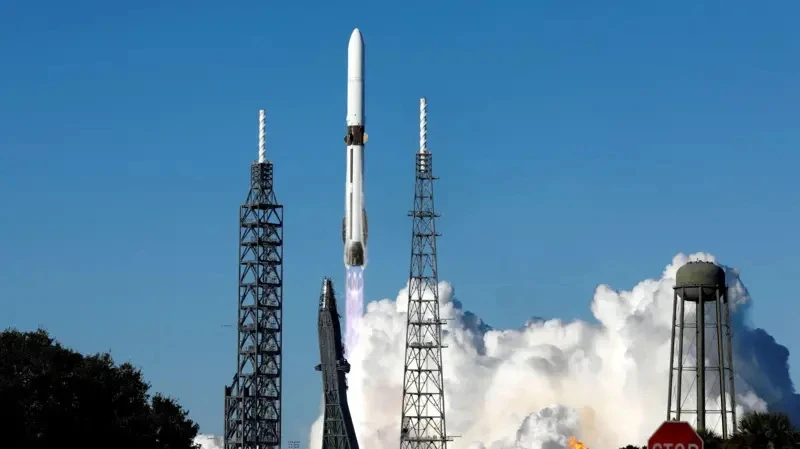
The New Glenn rocket during launch. Photo by Reuters. According to information from the...

A group of researchers from the United Kingdom concluded that the right combination of coffee,...
A group of scientists from the Temple University School of Medicine (USA) has identified a new...
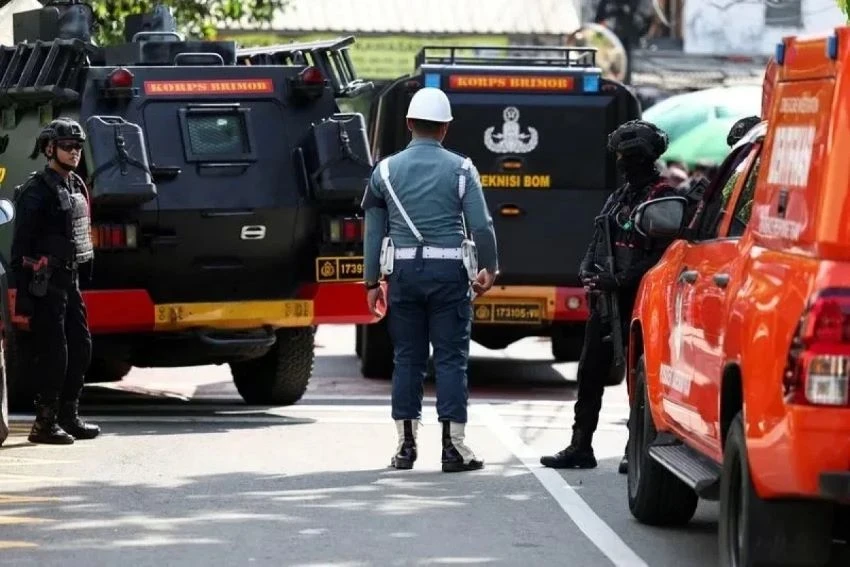
As a result of the explosion that occurred in an Indonesian school mosque during Friday prayers,...